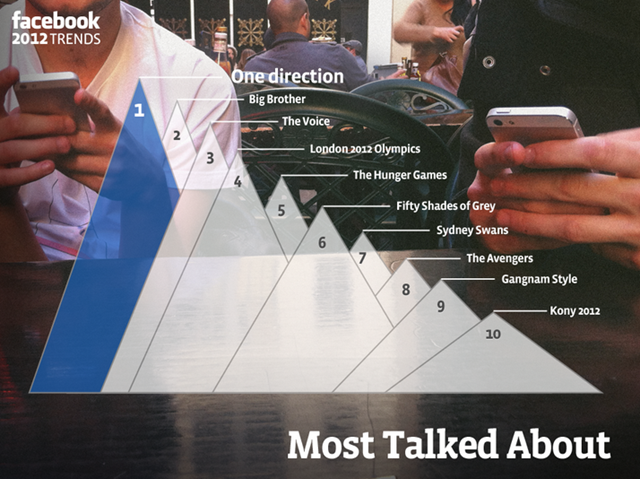Social media has a powerful ability to stimulate and create conversation. But when you are planning your communications, it’s essential to know your audience. And these days, “knowing” your audience isn’t just about mapping, analysing and researching. It’s about understanding their “pungent granularity”.
Pungent granularity and the social audience
To survive in a world where consumers expect one-to-one marketing and real time business responsiveness, we need to move beyond the simple targeting of our consumers. This means responding to:
- The three forces of self-segmentation: Before we take an action, make a decision or puts our hand into our pocket to actually transact, we make a quick personal assessment. We self-segment according to our needs (does this “thing” solve a need state that I have), behaviours (does this “thing” reinforce, challenge or shift my behaviour) and attitudes (how does this “thing” make me feel?). Marketers must understand the nuances of this self-segmentation and bring this understanding to their efforts
- What we already know about our consumers: Whether we capture “big data” or just quickly trawl the social web, we can quickly amass a detailed knowledge of our consumers. The challenge with this becomes not one of data collection but of frameworks for making decisions and taking actions. This is where I quite love Sam Gosling’s OCEAN framework. Moving away from the MBTI mappings, he suggests that Openness, Conscientiousness, Extroversion, Agreeableness and Neuroticism can be easily assessed via our digital footprints. And in doing so, we can plan our communications accordingly
When we pull together all this information, we get a deep sense of our consumers. We know not just what they say they “like” but how this influences their actions and decisions. We understand their connections, social graph and the way that they operate in a digitally-connected world. And deeply buried amongst all this is the “trigger” – what motivates.
The “trigger” is the kicker
Take a look at this fantastic video featuring “illusionists and entertainers”, Penn and Teller. It’s on the subject of vaccinations. It’s forceful and NSFW (with a few F-bombs scattered throughout). The language is direct, the message clear and in your face.
But will it achieve what it is intended to do?
Unfortunately, I don’t believe it will. The motivation here – not of the creator – but of the viewer is triggered by the same level of frustration shown by Penn. Those who are pro-vaccination will be keen to share and validate their own position. Those who are anti-vaccination will reject the facts, figures and approach outright. The frame is out of focus for the second group – and the argument will be based on the framing of the data as a way of disputing what is “true”.
This is why wheeling out big data will also be challenging. While the Mayo Clinic clearly states:
“Vaccines do not cause autism. Despite much controversy on the topic, researchers haven’t found a connection between autism and childhood vaccines. In fact, the original study that ignited the debate years ago has been retracted.” Mayo Clinic – Childhood Vaccines: Tough questions, straight answers (here)
… many still view this sceptically.
But if there really is a desire to change the point of view (or point of belief), behaviours and attitudes of anti-vaccination folks, there is a need to more deeply understand them.
![Hungry? [Explored] Hungry? [Explored]](https://farm3.staticflickr.com/2238/2067124294_7da815e341_s.jpg)





